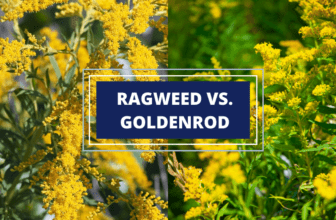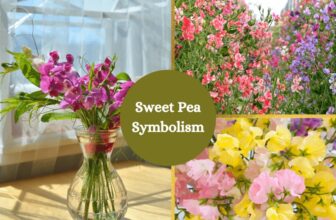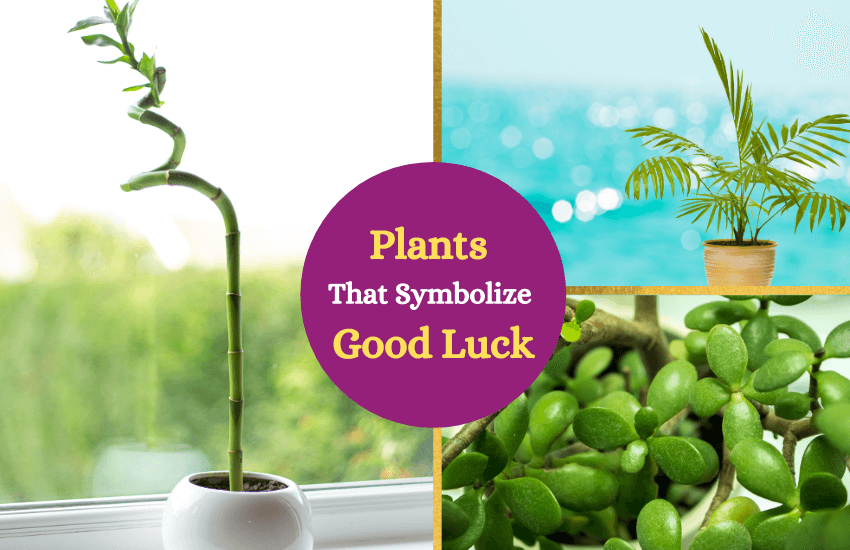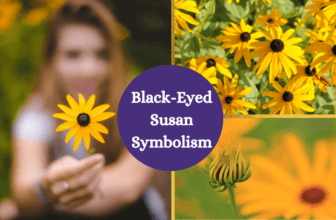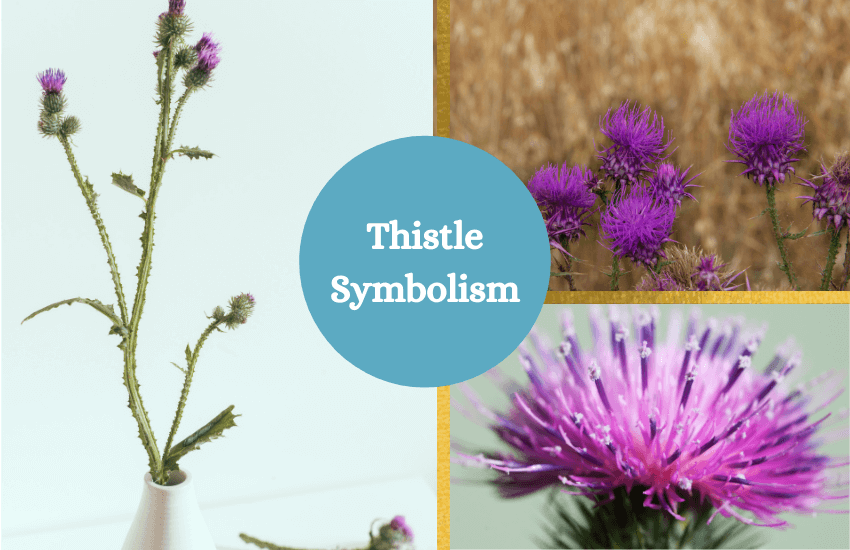
Table of Contents
Nature’s prickliest flower, the thistle is ubiquitous in Scotland where it is the national symbol. Known for its roughness and ability to thrive in harsh conditions, and rich in history and symbolism, here’s what you need to know about the thistle.
About the Thistle Flower
Thistle, or Onopordum acanthium, is part of the sunflower family and it is best known as the national symbol of Scotland. There are over 200 types of thistle flowers, however some are viewed less gloriously than the common thistle found in Scotland.
The thistle flower has a distinct prickly touch and grows spiny leaves that keeps it from being eaten by wildlife. Considered one of nature’s toughest flowers, it’s one of the most debated plants by gardeners. Some call it a weed while others view it as an excellent source of medicine and food, as well as a beautiful ornamental plant.
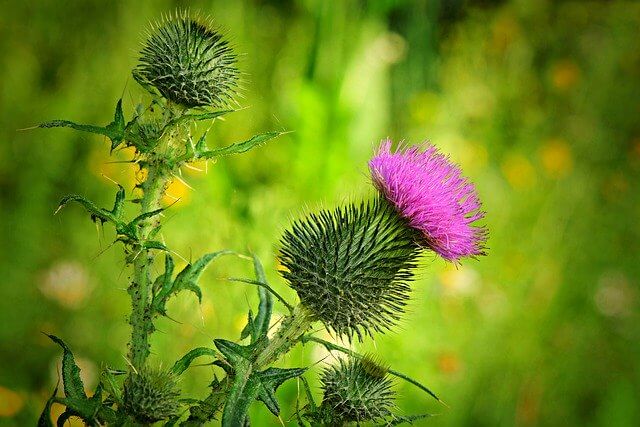
Predominantly found in Europe, the thistle has been naturalized in other parts of the world, such as North America where it is considered an invasive weed. Certain varieties are considered beneficial to wildlife because they produce a substantial amount of food for insects and birds and their foliage is also used by butterflies.
Tough and usually found in arid and dry regions, the thistle can grow up to 8 feet high and has extensive root systems that can endanger surrounding plants. The flower blooms in a range of colors, such as white and yellow, but it is most commonly seen in purple shades.
Meanings and Symbolism of the Thistle Flower
Commonly known as the Scottish thistle and the national symbol of Scotland, there is more than meets the eye when it comes to the thistle flower. Many legends surround it and the flower has several interpretations as well.
The thistle is typically connected to negative symbolism:
- The thistle is often used as a metaphor for inconvenience or trouble. A Spanish proverb goes: He that has a good harvest must be content with some thistles.
- It symbolizes toughness, pain and aggression.
- To be prickly as a thistle can mean to get angry quickly especially about criticism.
- In Victorian times, the thistle was known as the flower of intrusion or used as a warning against unwanted meddling.
However, the thistle is also connected to positive symbolism:
- The thistle represents overcoming adversity and difficult situations. It’s a symbol of resilience.
- In Celtic regions, the thistle represents devotion, bravery, determination, and strength.
- The thistle was one of the respected emblems of Lorraine, a region in northeastern France.
- In the Basque region of France, the thistle is considered a symbol of protection. It is also called the “flower of the sun“ and the “herb of witches”. It’s used as protection against evildoers because people believe that witches cannot look directly at the sun. The thistle is often seen on the front doors of the homes of this region.
- The flower’s pink and purple colors represent nobility and royalty.
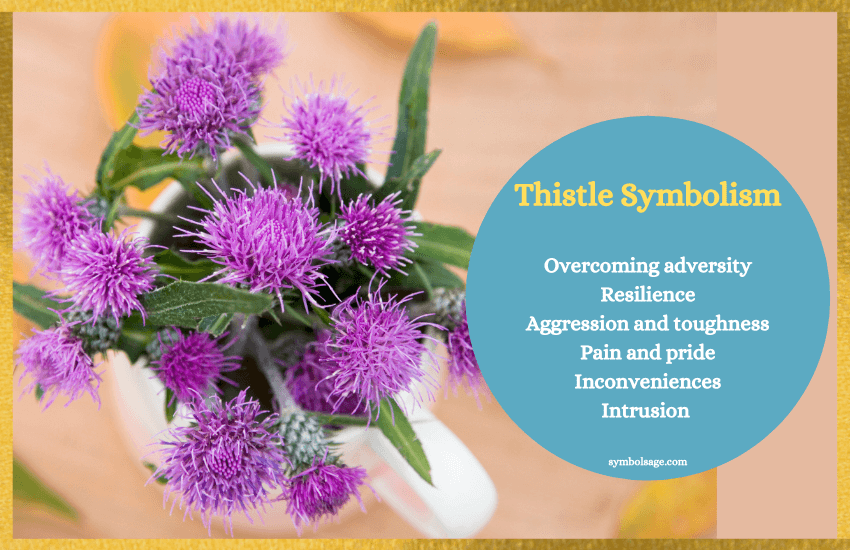
Uses of the Thistle Flower
More than just a cumbersome weed as some would like to believe, the thistle flower also boasts benefits in the areas of medicine, beauty, and gastronomy.
Medicine
Disclaimer
The thistle has been used in traditional medicine to cure or alleviate a medley of illnesses for centuries. Once considered a cure-all, the thistle was even recommended as a remedy for the plague. Doctors used it to induce vomiting in patients, and as a stimulant and tonic.
Milk thistle, another variety, contains a chemical known as silymarin. Research suggests that it has bolstering effects on the liver and it is widely sold in various cleansing and detox products.
Gastronomy
Full of nutrients, the thistle has been found to contain higher vitamins and minerals compared to other more common vegetables. Various parts of the plant can make excellent additions to stews and salads, albeit with careful preparation.
Some p of the plant can be fermented and pickled to make a sumptuous side dish. There are specific varieties, such as the bull thistle, that can be roasted and easily served as the main dish, like an artichoke. The seeds of the flower are harvested and turned into oil and typically used by the Native Americans as a gum.
Beauty
Thistle has high levels of antioxidants that make it great for the skin. Silybin and silymarin extracts from milk thistle can block the harmful effects of UV light on the skin. The plant’s anti-inflammatory and antioxidant properties can also help treat skin rashes and protect against skin aging.
Thistle Flower Cultural Significance
The thistle is the subject of one of the most influential poems in Scotland, A Drunk Man Looks at the Thistle, penned by Hugh Macdiarmid, which is essential reading for anyone who is traveling to Scotland.
The poem “The Thrissil and The Rois” penned by Scottish poet William Dunbar, was said to have been influenced by the marriage of Princess Margaret Tudor of England King James IV of Scotland.
The thistle flower appears on silver coins issued in 1470 during the reign of King James III. It became an integral part of Scotland’s Coat of Arms in the 16th century.
Myths and Stories of the Thistle Flower
Adapted by different cultures around the world as an emblem of positivity, the thistle flower has unique stories about its past. No one knows with certainty how the purple-flowered thistle was elevated to its current lofty significance, but there are many stories and myths about it.
- According to Scottish legend, a slumbering group of Scottish warriors were unaware that their enemy, the Norse army, were nearby. Suddenly, one of the Norsemen stepped on a thistle and cried out, giving away the surprise of the attack. As a result, the thistle was exalted for protecting the army and thus became an important national symbol.
- According to German superstition, white spots on thistle leaves come from the bosom of virgins.
- It’s bad luck to cut thistles before St. John’s day.
- Burning thistles in the fire will prevent the house from getting hit by lightning.
- If you place thistles on corn, it’ll keep away evil spirits.
- Burning thistle seeds will help ward off diseases caused by malevolent spirits.
- When a thistle appears on a tarot card, it usually represents an unseen threat.
To Wrap It Up
A prickly flower that represents devotion and bravery, there is more to the thistle flower than meets the eye. While some may consider it troublesome, others see it are as more than just an inconvenient plant. Behind its prickly façade lies countless benefits.




